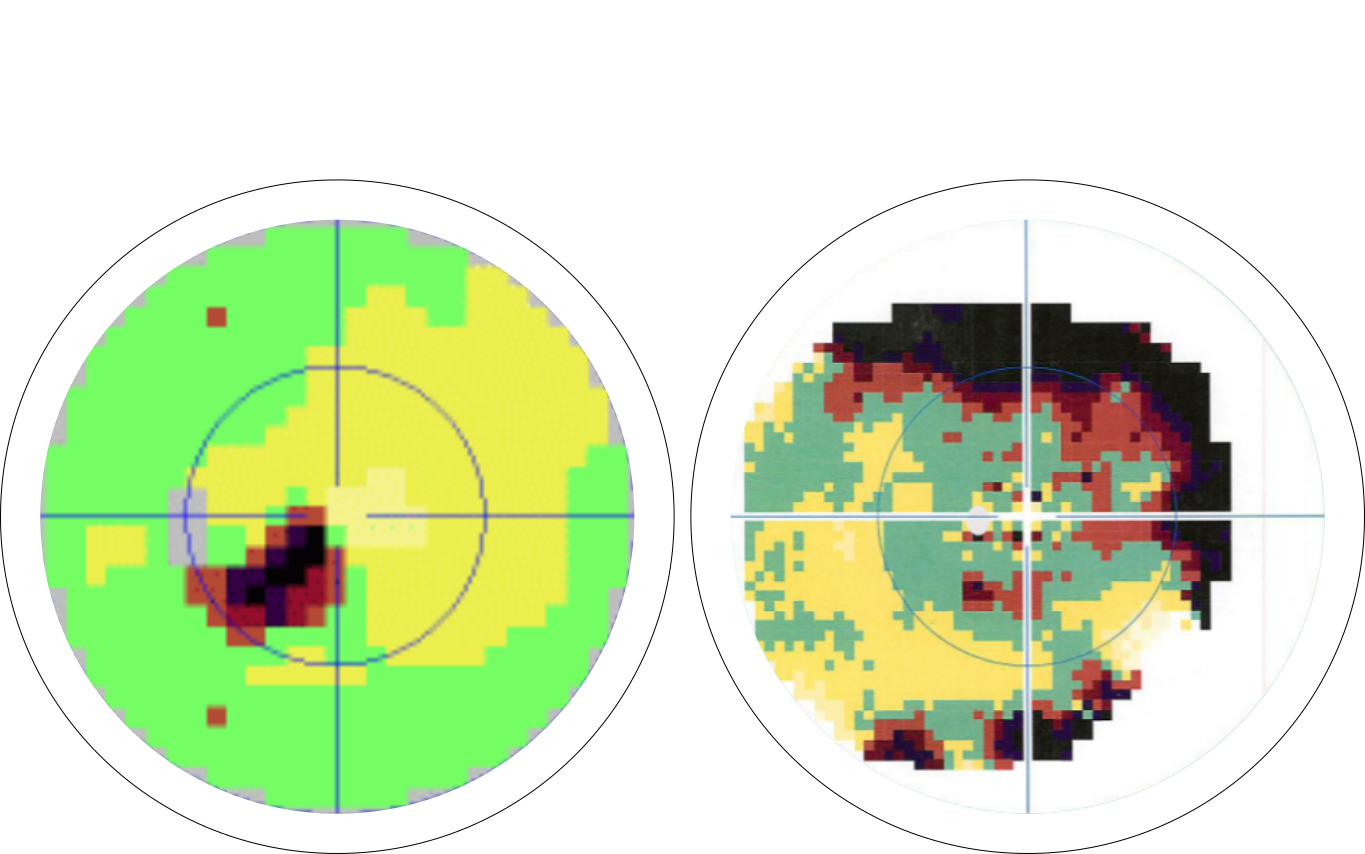natural history clinical trial for eys
I wanted to share my personal experience of losing my vision slowly through the lens of a patient scientist. I got the opportunity to be part of a four-year Natural History Study for my gene-specific retinal disease called ProEYS. This data collection effort funded by the Foundation Fighting Blindness (FFB) is to better understand the disease progression for patients with variants in the EYS gene. Before this, I was fortunate to learn about a free genetic test panel that was conducted by Blueprint Genetics in collaboration with FFB and once I got the gene and the mutations in that gene, I was lucky to meet a genetic counselor to help enroll me into the study, which started in 2021. Lucky for me I qualified for the study but before then I had no idea. When I was diagnosed in 2010, gene sequencing wasn’t as readily available to patients and consumers as it is now.
So what does a study like this mean? Do I have a treatment already? No. It is the first step in the right direction. Although retinitis pigmentosa (RP) has the same underlying mechanism, which is the degradation of rod photoreceptors, not all genes related to RP have the same degradation. Because there are at least 80 genes related to this, there are at least 80 different ways and not including individuals who may have crossover in these expressions. Some are more severe than others and some may live with some functional vision well into their 80s. A lot is still unknown. So these studies are helpful.
So far, my visits have been once a year, which entails at least 4 hours of OCT, VF, and additional measurements that are related to the study itself. If they have data that is specific to the research, they might be exploring new ways to measure the disease, in which case, you’re not privy to that data. So keep that in mind when participating in these natural history studies. So on top of these visits, I still visit my doctor at the Casey Eye Institute in OHSU because I get all the raw data from my measurements. I HIGHLY recommend it.
So next steps, I’m being patient and waiting to continue to collect the data, but I hope my next efforts / journey related to potentially working on creating my own retinal organoids update will bare more results. Until then, self-advocate my rare disease crusaders!
This is a visual field captured using Octopus and it’s measuring visual sensitivity of a patient’s visual field. Green indicates positive response to stimuli and dark reddish color indicates negative response to stimuli.

